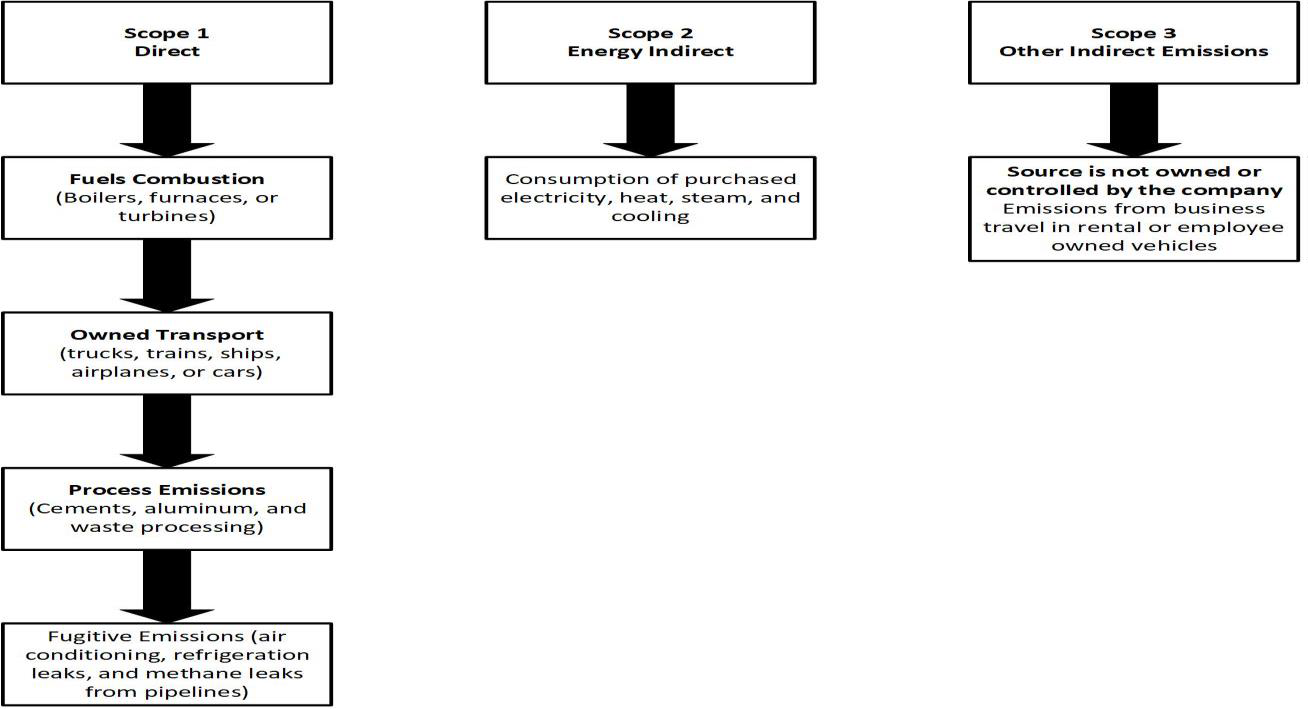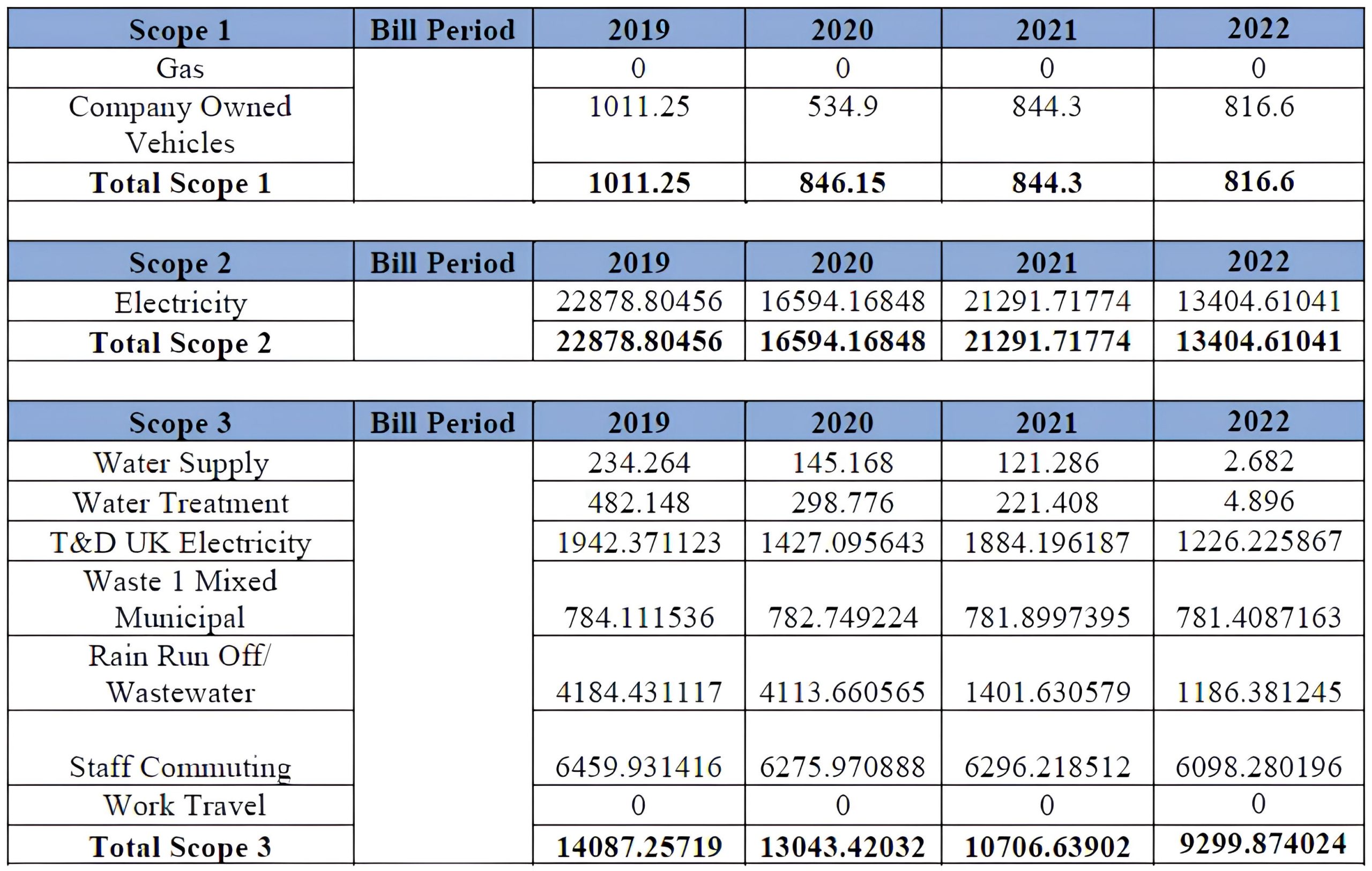As a Company we have been subject to increased utility costs, and so challenged ourselves to make the business more sustainable.
Over recent years we have already made significant changes, by recognising the efficiency and savings when investing in electric VNA and counterbalance trucks.
We decided to invest in high bay racking, to accommodate extra storage capacity without increasing our footprint. While undertaking major upgrades we replaced all old box-type standard lighting with LED-efficient motion sensor lighting, which has made a big difference to our operation and electricity consumption.
We were put in touch with Liverpool John Moores University who, as part of their ‘Eco-I North-West’ project, completed a commercialized carbon footprint assessment which covered all three of our sites.
The footprint follows the UK government-prescribed procedures, using DEFRAs 2013 ‘Environmental Reporting Guidelines’. Under these guidelines, there is a requirement for UK-listed companies to report on their contribution to carbon emissions output under Scope 1 (Direct), Scope 2 (Indirect), and Scope 3 (Indirect)

Our business was tasked with gathering various information including invoice details, work vehicles and how staff traveled to work. The University used our findings to provide a detailed summary of our Carbon Footprint.
From the reports on all three sites, the results were very comprehensive, with an overview of the company as a whole.
The results are shown in the following table.

The below shows the difference between 2019 and 2022.


On reading the report, suggestions were made outlining different ways we could improve our carbon footprint, which will help us become more sustainable. It will also facilitate a sustained competitive advantage.
